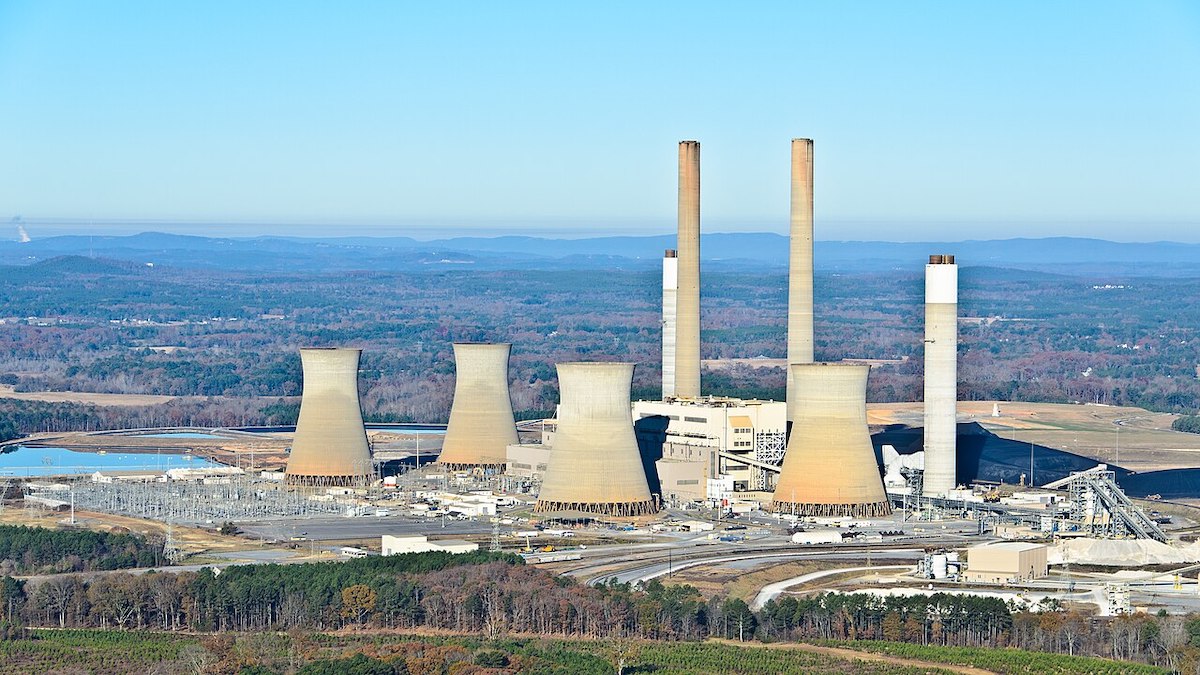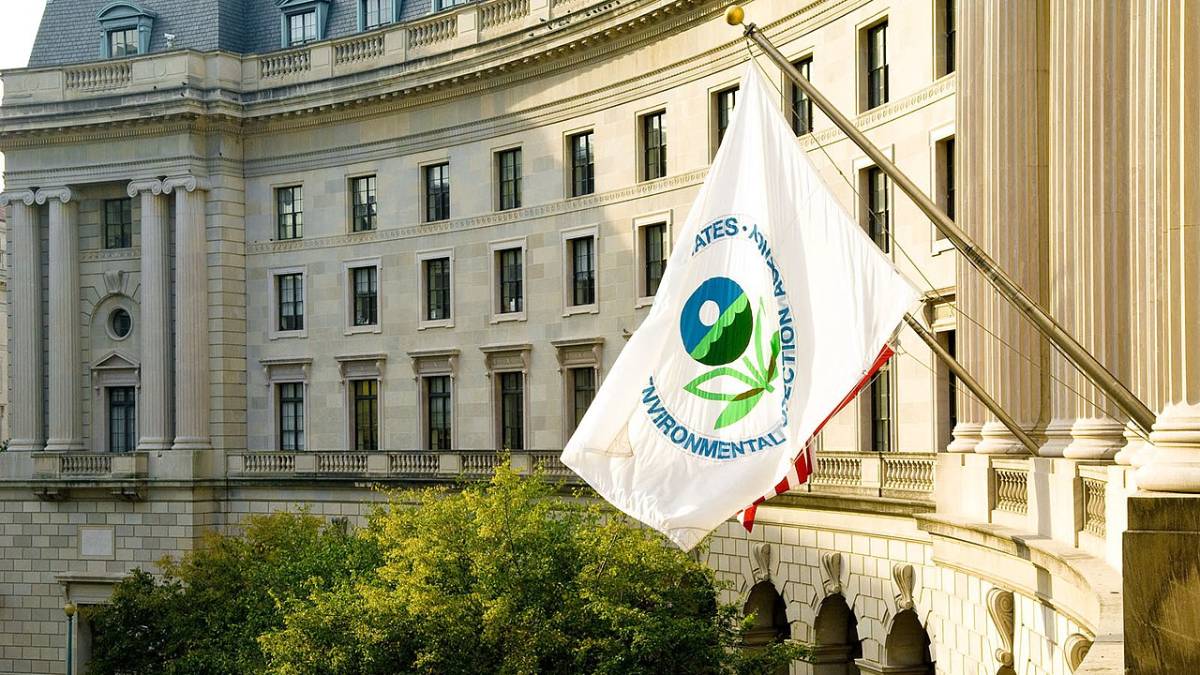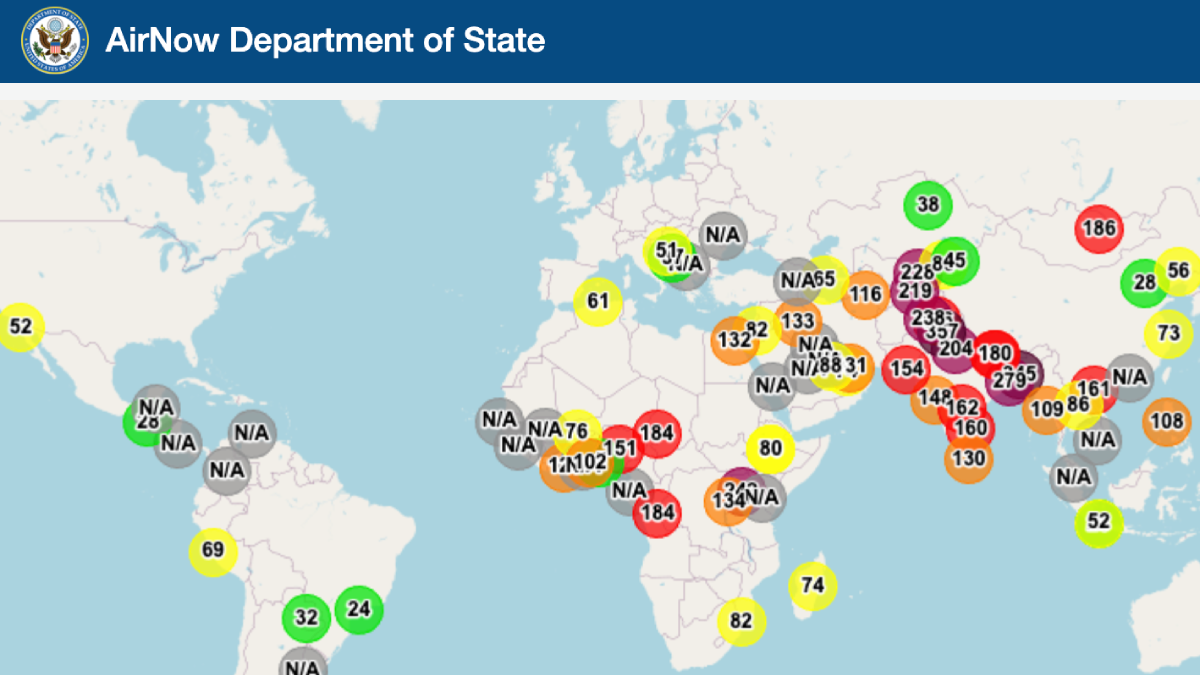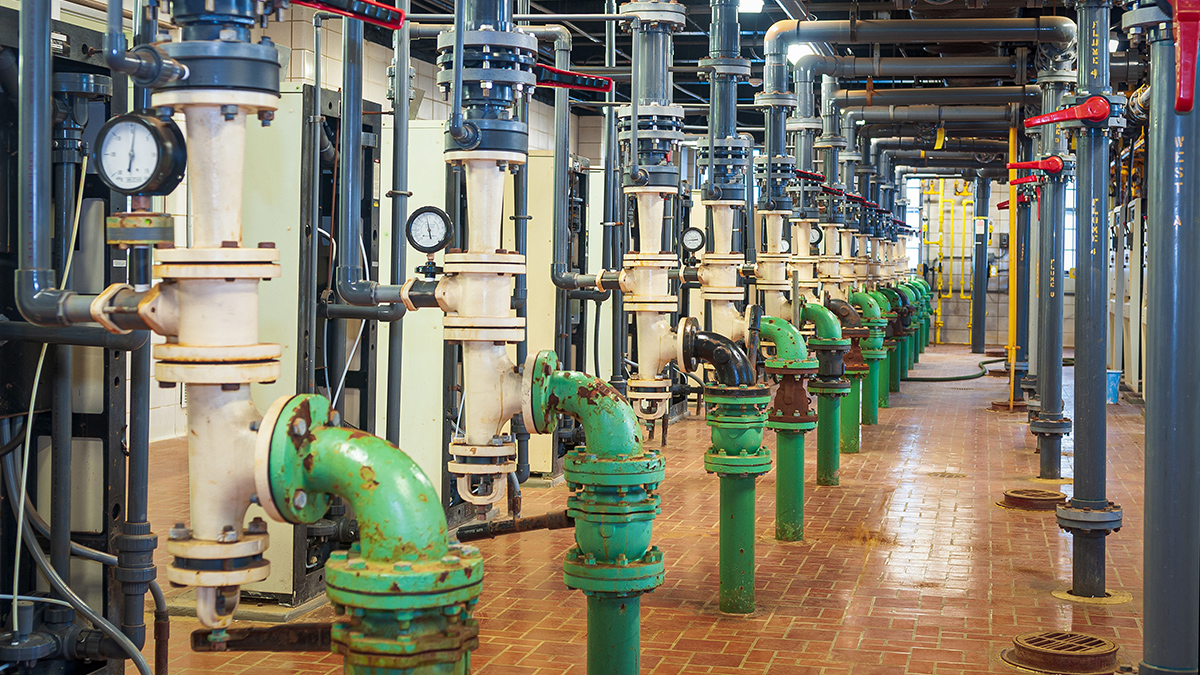On 11 June, the Environmental Protection Agency announced a proposal to repeal federal limits on power plant carbon emissions, including a Biden-era rule requiring power plants to control 90% of their carbon pollution and a 2015 standard limiting carbon dioxide emissions from new fossil fuel-fired power plants.
EPA
EPA to Rescind Rules on Four Forever Chemicals
The EPA plans to reconsider drinking water limits for four different PFAS chemicals and extend deadlines for public water systems to comply, according to The Washington Post.
PFAS, or per- and polyfluoroalkyl substances, are a group of chemicals that are widely used for their water- and stain-resistant properties. Exposure to PFAS is linked to higher risks of certain cancers, reproductive health issues, developmental delays and immune system problems. The so-called “forever chemicals” are ubiquitous in the environment and widely contaminate drinking water.
Trump Blocks Funding for EPA Science Division
The Trump administration has blocked funding for the EPA’s Office of Research and Development (ORD), the agency’s main science division.
New U.S. Budget Proposal Slashes Billions in Funds for Science
President Trump’s proposed 2026 budget, released today, slashes non-defense discretionary spending by $163 billion, a 22.6% reduction from 2025.
EPA to Cancel Nearly 800 Environmental Justice Grants
The EPA plans to cancel 781 grants, almost all focused on environmental justice, according to a court document filed last week.
In Woonasquatucket River Watershed Council v. Department of Agriculture, a coalition of nonprofits is challenging the Trump administration’s freezing of funding from the Biden-era Inflation Reduction Act (IRA) and Bipartisan Infrastructure Law. In the recent court document, Daniel Coogan, an administrator in the Office of Mission Support for the EPA, stated that the agency completed a grant-by-grant review of its awards to ensure that grants aligned with administration priorities. Those that were not aligned were targeted for termination.
EPA Staff Slashed on the Eve of Earth Day
On 21 April, the Environmental Protection Agency notified hundreds of employees working on diversity, equity, and inclusion and environmental justice issues that they would be fired or reassigned to other positions.
Trump Administration Moves to Weaken PFAS Rules
President Donald Trump’s EPA is considering a rule that would weaken regulations limiting chemicals harmful to human health in consumer goods, The Guardian reports.
Per- and poly-fluoroalkyl substances, or PFAS, are a group of chemicals added to consumer products, oftentimes for their water- and stain-resistant properties. Exposure to PFAS is known to raise the risk of certain cancers, kidney and liver disease, and complications surrounding reproductive health. The chemicals are omnipresent in everyday life and contaminate drinking water across the United States.
Trump Administration Plans to Fire More Than 1,000 EPA Scientists
The Trump Administration plans to fire more than 1,000 scientists in the EPA’s research arm. The layoffs are part of a “reduction in force” that comes after the agency already fired hundreds of probationary workers. (A federal judge has since ordered that these employees be reinstated, and though the administration has complied, most of the workers have been placed on administrative leave.)
404: Air Quality Data from U.S. Embassies Removed
On 4 March, AirNow, the home of the U.S. Air Quality Index, shut down its webpage that reported data from air quality monitors at U.S. embassies and consulates around the world. Eos learned of the removal of these data from Dan Westervelt, a climate change and pollution scientist at Columbia University’s Lamont Doherty Earth Observatory in Palisades, New York.
Unregulated Industrial Contaminants Detected in Some U.S. Drinking Water
Communities of color are more likely to have higher levels of these contaminants in their drinking water.










